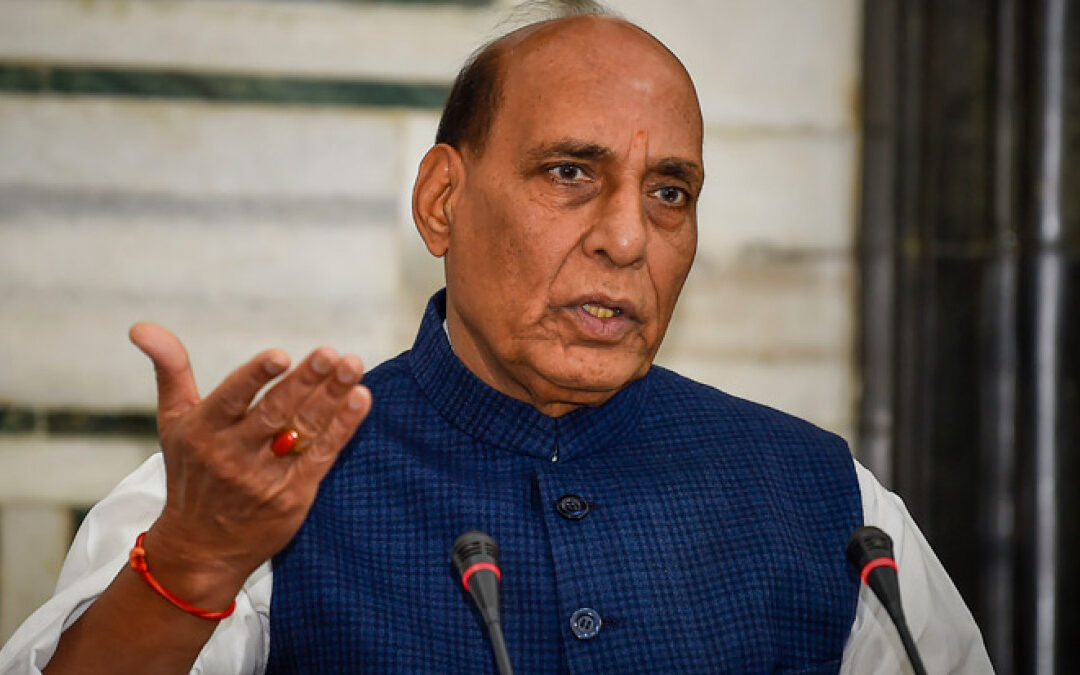Rajnath Singh, Union Defense Minister
India’s approach after the formulation of the National Disaster Management Policy has shifted focus from a relief-centric approach to a ‘multi-pronged’ approach including prevention, preparedness, mitigation, response, relief and rehabilitation
Agra:
India has emerged as a regional power and net security provider in the Indo-Pacific as its capacity to provide humanitarian assistance and disaster relief to its citizens as well as regional partners has grown in recent years.
This was stated by union defense minister Rajnath Singh at the multi-agency Humanitarian Assistance and Disaster Relief (HADR) exercise ‘Samanvay 2022’ in Agra, Uttar Pradesh today.
Singh asserted that under SAGAR (Security and Growth for All in the Region) envisioned by Prime Minister Narendra Modi, India is cooperating with multiple partners to ensure economic growth and security in the region while tackling threats such as natural disasters.
“We have strengthened multilateral partnerships through engagement via regional mechanisms. This has improved interoperability enabling faster response in crisis situations,” he said.
The minister pointed out that Asia, particularly the Indo-Pacific region, is vulnerable to the impact of climate change, expressing confidence that the participation of national stakeholders with friendly nations in the ‘Samanvay 2022’ will further enhance disaster management capabilities.
Singh highlighted that prediction of natural disasters has to be accompanied by dissemination of information to a larger population and shifting people to safer locations, which requires empowered machinery.
As nations have different capacities, collaborative preparation to deal with disasters is required, he stressed.
Singh called upon the nations to come together in dealing with natural disasters by sharing resources, equipment, and training. In HADR, there is a need to share information for regional cooperation and best practices, he added.
He emphasised that harnessing diverse capabilities and using expertise and new technologies enable us to decrease the impact of natural disasters.
Noting the increasing frequency of climate-related disasters, he stated that it is essential for HADR teams of different nations to come together on a single platform.
Elaborating on India’s robust HADR mechanism which has effectively provided relief both in India and other nations, the defense minister said the ‘Make in India’ initiative of the Government has strengthened this structure. India’s approach after the formulation of the National Disaster Management Policy has shifted focus from a relief-centric approach to a ‘multi-pronged’ approach including prevention, preparedness, mitigation, response, relief and rehabilitation, he added.

